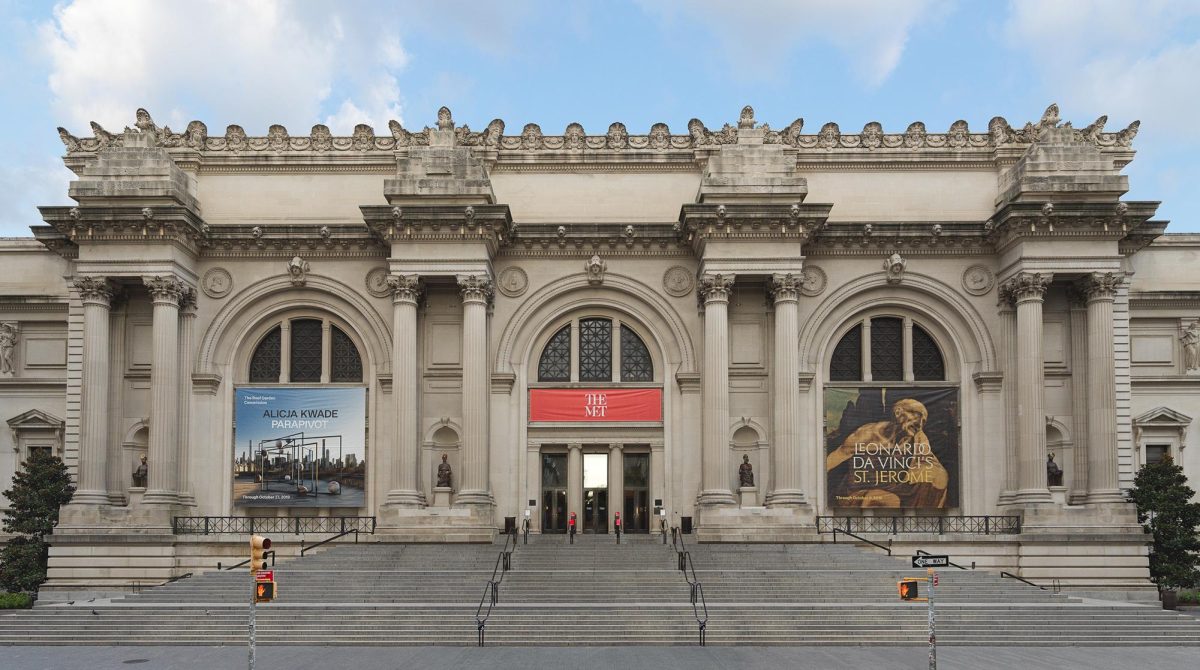Major League Baseball players are living the life, right? Getting paid a minimum of $507,500 a year to play the sport they love sounds pretty great. For example, the Marlins’ star Right Fielder, Giancarlo Stanton makes $2,854 every hour he exists on this earth. However, the less publicized story is the lifestyle of MLB-affiliated Minor League players, who earn a maximum 10,000 dollars a year.
These players have nicknames for each other like “spread killer,” referring to those who come out of batting practice early so they can get to the pregame spread before others, eating extra peanut butter and jelly sandwiches, and leaving some teammates to play hungry. For many of these guys, it’s common to pack into tiny, shabby, one-bedroom apartments, sleep on air mattresses and rack up mountains of credit card debt.
Each Major League Team has four Minor League affiliates: low A, high A, AA, and AAA. So for every Major Leaguer being made rich, there are four players making wages that place them below the poverty line.
While the Minor League is intended in part to provide a chance for up-and-coming players to make it to the Majors, over 90% of all Minor Leaguers will never play an inning in the Major Leagues. So surely these players should be receiving livable wages, if most spend their entire careers playing in the Minor League?
There’s money and a fan base to supply reasonable wages as well. Minor League baseball is increasingly popular, especially in non-urban markets–and some AAA Minor League franchises are now valued at well over $30 million.
However, the owners of Major League franchises have an agreed-upon “Uniform Player Contract” for their Minor League affiliate player salaries. This contract essentially caps how much MiLB players are paid at each level, and also keeps them from signing with another team for seven seasons.
On the surface, this seems simply illegal. There are antitrust laws that ban agreements between competitors that interfere with the free market (just as the Uniform Player Contract interferes with the free market for recruiting and determining the value of Minor League players).
Yet there are certain organizations that courts have given “antitrust exemptions,” meaning that they need not abide by these laws. One of these organizations is the MLB. The Ninth Circuit Court of Appeals upheld the MLB’s antitrust exemption this past summer in the Miranda v. Selig case.
There are certain factors that make the Court’s decision quite questionable from a legal and moral perspective, however.
First of all, no other major sports league has such an exemption. There is nothing that makes baseball different from basketball, football, and hockey (all of which have either one or zero feeder leagues as opposed to baseball’s four). Other sports minor leaguers are not paid as well as professionals, but they are paid at a competitive rate as determined by supply and demand. For reference, the NBA’s D-league players earn between $20,000 and $26,000 per year. Hockey players in the AHL, which is the rough equivalent of baseball’s AAA, earn about $45,000 per year plus bonuses.
Secondly, the system in place creates an opportunity cost for many young players who never make it to the Majors, essentially crippling their career trajectory. Instead of finishing college, getting an entry-level job, and obtaining workplace skills, they are playing Minor League baseball into their mid to late 20s. So when they don’t make the Major Leagues, they are thrown into the workforce at almost thirty years old with no work experience or applicable skills.
Finally, it’s simply wrong from a judicial standpoint. The Sherman Antitrust Act was written during the Robber Baron era, with the specific intent to protect the ‘little guy’ from big, powerful corporations. Whereas Major League players are represented by a Players’ Union, Minor League players are not. Most MiLB teams are profitable, and a large share of those profits go straight to the wealthy owner of the MLB affiliate who is paying their salary rather than to the players, who are driving the profits. During 2016 the 30 MLB teams had an aggregate revenue increase of 7.5% over 2015, however their player costs rose just 3.5%.
Some people argue that if owners were forced to pay Minor Leaguers a competitive rate, there would have to be fewer feeder teams, and therefore a smaller talent pool for the Majors.
For those who think that, I’ll leave you with this: that might actually be okay. People seldom consider what would happen if there were only three, two, or even one feeder league to the MLB. Fewer, but better, players would get drafted, they would be paid a living wage throughout their time in the Minor League, and the farm system would actually accomplish what it sets out to: develop players to one day actually compete in the Majors.









